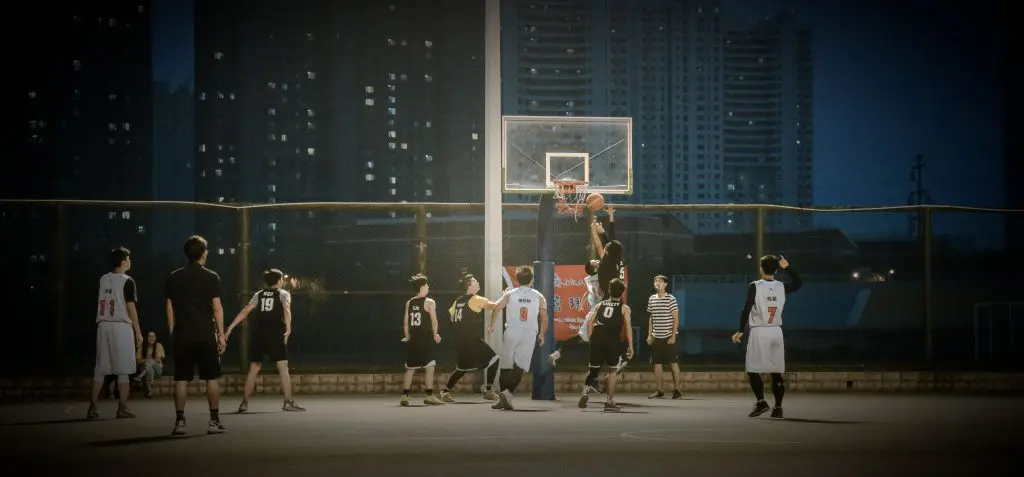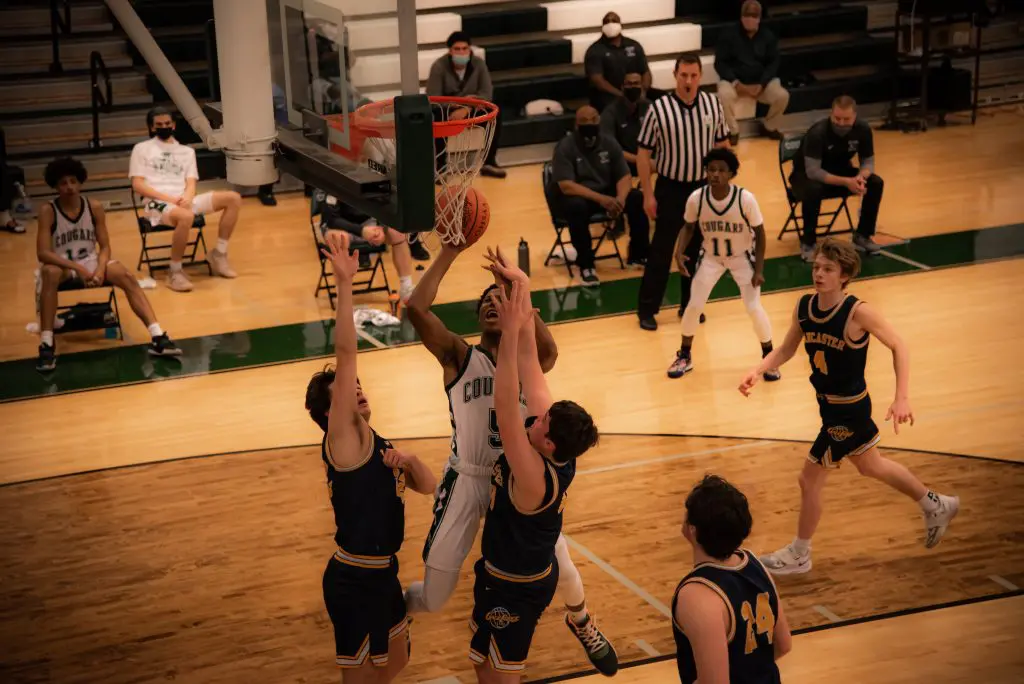Why Are Rules and Regulations Important in Basketball
Basketball, as with many other sports, is made-up of strict, clearly defined rules and regulations. These rules and regulations help to ensure a smooth game flow and tempo. However, understanding and memorizing the various offensive and defensive rules can be difficult.
That is why, below, we are going to review why rules and regulations are important in basketball and discuss some of the most common and important rules of the sport. These rules not only help to ensure a smooth game but also help to ensure that players, coaches, and referees on the court follow the same rules and regulations for each and every game.
Why Rules Are Important in Basketball
In basketball, as with nearly every other sport, rules and regulations govern the game. And although there may be some slight differences between the rules between the professional and minor leagues, the overarching and general rules generally apply across the leagues.
However, rules are not only set to ensure a standard level of play but are importantly done to ensure player safety, integrity of the game, and in an attempt to create as fair a competition as possible. And although basketball is a tough, physical, high-adrenaline sport, the rules and regulations in place are meant to stymie many forms of violence and allow for a peaceful, equitable flow of the game.
In addition, rules and regulation are set in basketball to provide a common agreement and understanding as to the flow of the game. In basketball, rules are set to define both what is and what is not allowed both on and off the court. And in basketball, rules and regulations govern not only the aspects on the court and during in-game play, but also what occurs off the court.
From proper attire, to dribbling rules, to behavior on the bench, to counting assists for inbounding players, rules and regulations help to set an equitable, equal, and non-discriminating source of record which players, coaches, and referees can reference.

Main Different Rules Between the NBA and Other Leagues
While, generally, the rules between the NBA and other, minor leagues, is typically similar, there are a few stark differences. As it is difficult to compare the NBA rules to minor leagues due to the vast number of minor leagues across the country, it is useful to look at the rules in the NBA versus rules in the NCAA game.
Perhaps one of the most significant rule changes between the NBA and the NCAA is the total game time. A regulation NCAA game runs for a total of 40 minutes, which is split into two even 20-minute halves. The NBA, however, is split into four equal 12-minute quarters, for a total of 48 minutes.
Similarly, in the NCAA, the shot clock is set to 30-seconds per individual team possession. In comparison, the NBA shot clock is set to a 24-second period per individual team possession.
Furthermore, in the NCAA, the team that loses the initial jump ball automatically gets possession of the ball at the next jump ball situation. In the NBA, the team that wins the jump ball will automatically get possession to start the third quarter. The team which loses the initial jump ball will receive the ball to start both the second and fourth quarters. And for any additional jump ball situations, the outcome will be decided via a jump ball between the two players involved.
And in the NBA, an individual player can be disqualified from a game after being assessed with six personal fouls. This is in comparison to the NCAA, where an individual player can be disqualified from a game after being assessed with five personal fouls.
And when it comes to technical fouls, the NBA awards the opposing team one free throw. The NCAA, however, awards the opposing team two foul shots and possession of the ball.
Even looking at the size of the court, the NBA and the NCAA differ quite dramatically here. In the NBA, the three-point line is 23 feet, 9 inches from the center of the basket in most places, and 22 feet away in the corners of the court. In the NCAA, the 3-point line is 22 feet, 1¾ inches from the center of the basket. And 21 feet, 7 7/8 inches in the corners of the court.

Most Important Basketball Rules
While understanding and memorizing all the various basketball rules can be a difficult undertaking, it is important to understand the basic rules and regulations of the game. Below, we are going to review some of the more basic rules of the sport which generally apply across all leagues.
- A player with the ball in movement must bounce or dribble the ball with one hand. If the player holds the ball with both hands or stops dribbling, they are only able to move one foot, named the pivot foot.
- Once a player with the basketball has stopped dribbling and has secured their spot on the floor, they are unable to resume dribbling unless another player, on either team, gains possession of the ball.
- The basketball must remain in bounds during play. If the ball goes out of bounds, then the ball will be awarded to the opposing team who did not last touch the ball before it went out of bounds.
- A dribbling player must ensure their hands are on top of the ball while dribbling. If their hands touch the bottom of the basketball, they must stop dribbling at that spot.
- Once the offensive tam crosses the half-court line, they are unable to go back into the backcourt.
- In a regulation game, each team is allowed five players on the court at any one time.
- In a regulation game, each team is allowed eight players on the bench at any given moment.
- A shot from beyond the three-point arc will award three-point to the respective team. Similarly, a made shot from within the three-point arc will award two-points to the respective team. And lastly, all made free-throws will award one point per made free throw.
- The basketball shall not be kicked or moved with any part of the lower body. Doing so will incur a kick ball and award the ball to the opposing team.
- No player is allowed to interfere with the basketball during its downward descent to the basket. Doing so will incur a goaltending assessment and will either reward thee shooting team the subsequent points or remove the shot from the offensive team’s attempt.
- The offensive team will have 5-seconds to inbound the ball before forfeiting the ball to the opposing team.
- Defending players are prohibited from remaining within “the key”, or the area directly in front of the basket, for more than three-seconds.
- Each team is allotted five personal fouls per quarter. Once a team has surpassed that number, they go “into the bonus”, meaning each additional foul will result in automatic foul shot attempts by the opposing team.
- Excessive contact by an individual player against an opposing player will result in a flagrant foul. Flagrant fouls are personal fouls which can potentially injure the opposing player and typically carry heftier penalties, such as fines, immediate ejection, and even suspension from future games.
- The most common offensive fouls are the charge and the illegal screen. A charge is assessed against an offensive player driving to the basket who makes direct contact with an opposing player who has their feet planted on the ground. Illegal screens occur when a non-ball handling offensive player moves while setting a screen for their teammate to obstruct the opposing defending player.
